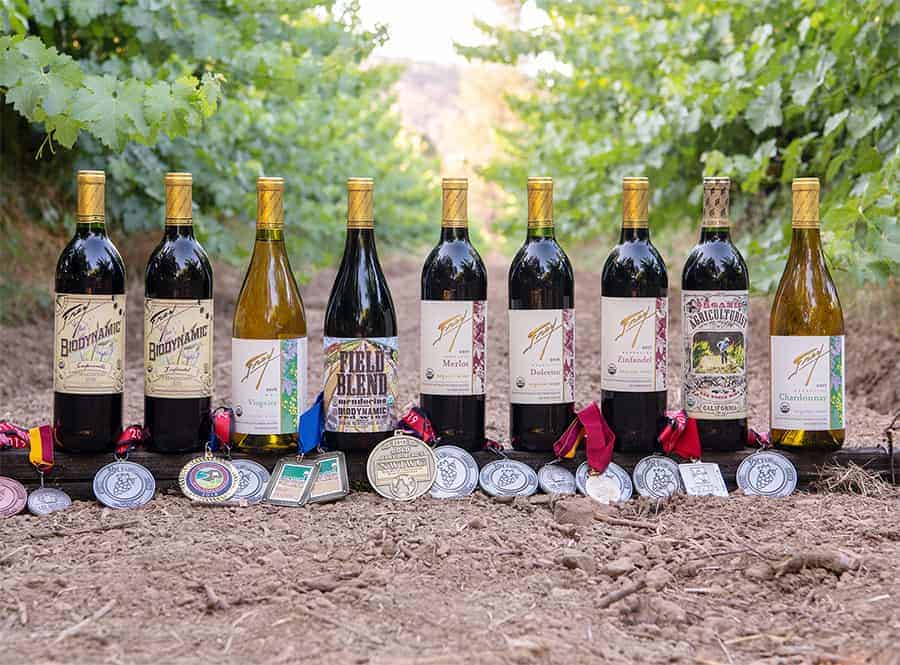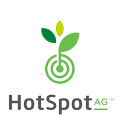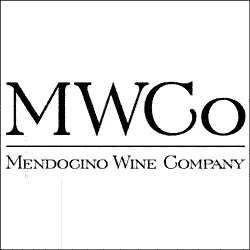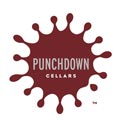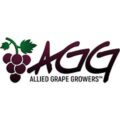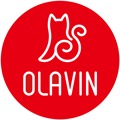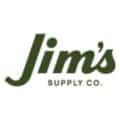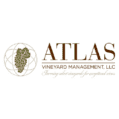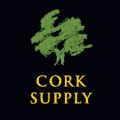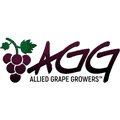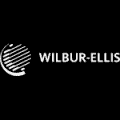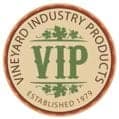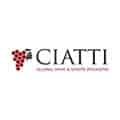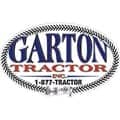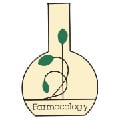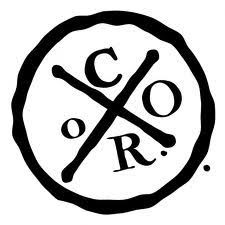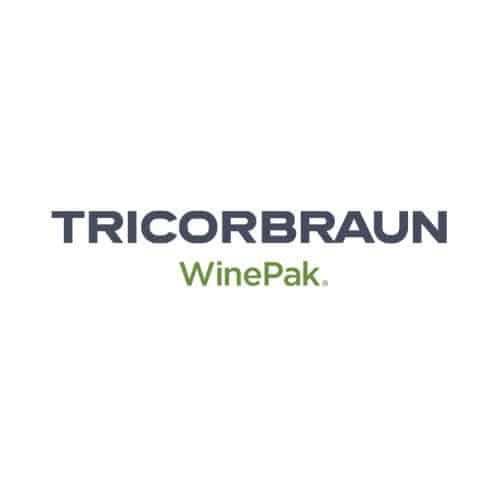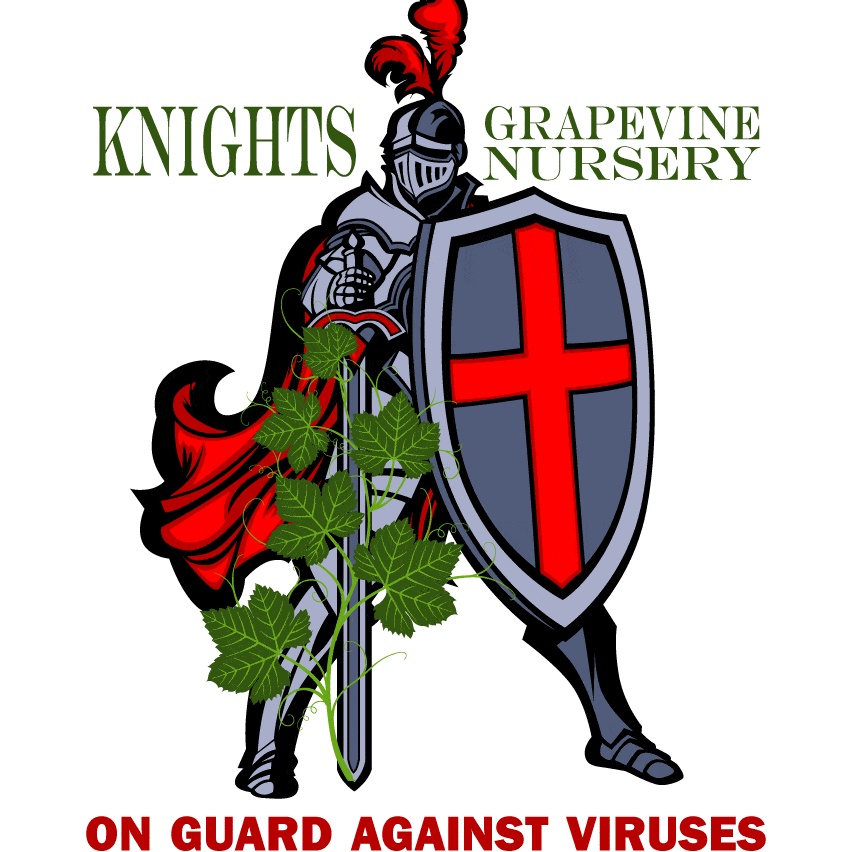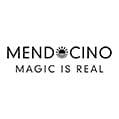Frey Vineyards
Details
Address 14000 Tomki Rd
City Redwood Valley
State Ca
Zip 95470
Phone (707) 485-5177
Email info@freywine.com
Business Contact Name Jonathon Frey
AVA(s) Mendocino County, Redwood Valley
Red Cabernet Sauvignon, Carignane, Charbono, Dolcetto, Malbec, Merlot, Petite Sirah, Pinot Noir, Red Blend, Sangiovese, Syrah, Tempranillo, Zinfandel
White Chardonnay, Pinot Grigio, Pinot Gris, Rose, Sauvignon Blanc, Viognier, White Blend
Website go to website
Frey Vineyards proudly continues the tradition of sustainability as America’s first producer of certified organic and Biodynamic wines. Their winery is located at the pristine headwaters of the Russian River in Redwood Valley, CA. They are a third-generation family-owned and operated winery producing award-winning organic and Biodynamic wines without added sulfites. Combining the best of modern and traditional winemaking methods to preserve distinct varietal flavors, they allow the wines to express the authentic character of the soils and climate without synthetic preservatives.
Their Biodynamic farming methods encourage care for the soil, groundwater, and wildlife, promoting rich biodiversity in the vineyards. 90% of their ranch is held as undeveloped natural habitat with a diverse mix of native plants and animals. As stewards of the land, they emphasize producing organic wine of the highest quality while caring for planet and palate alike.
They are currently rebuilding their tasting room and winery, which will be located on West Rd. in Redwood Valley.

